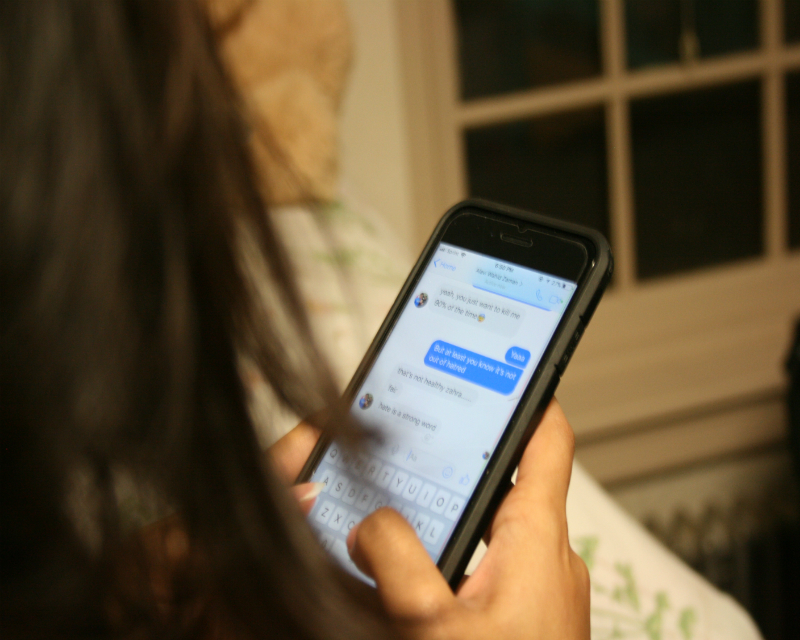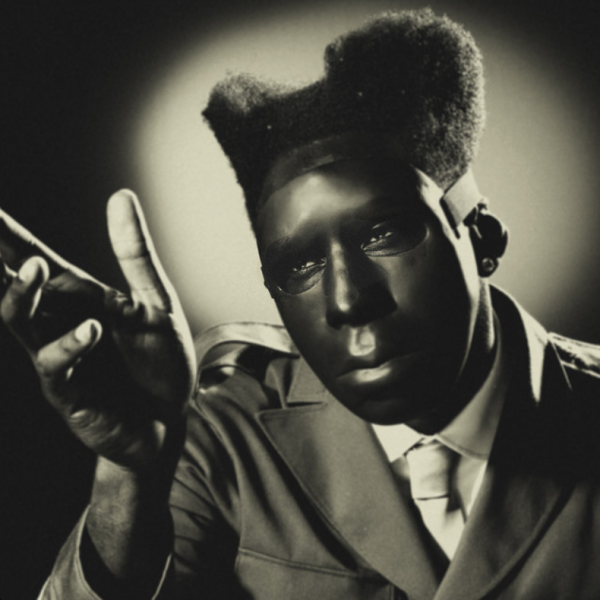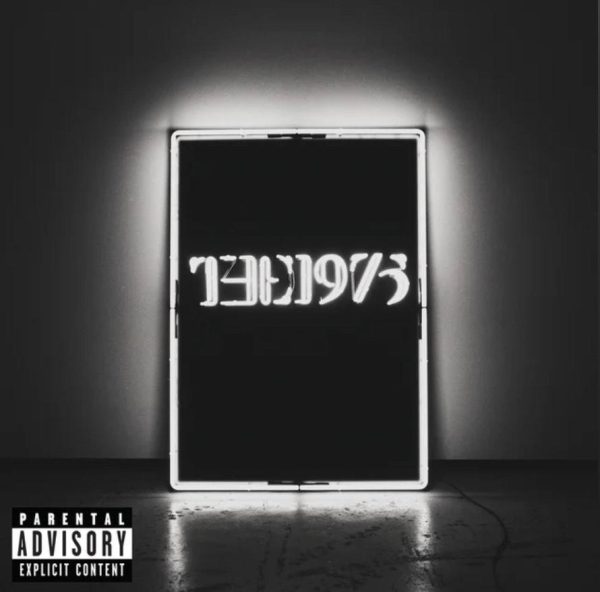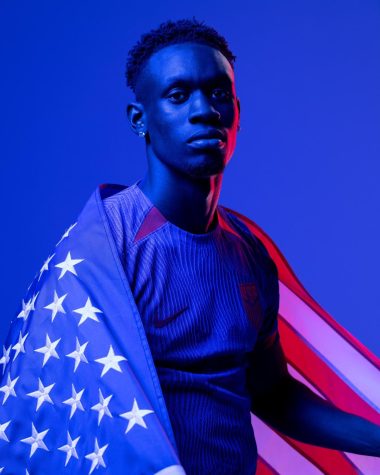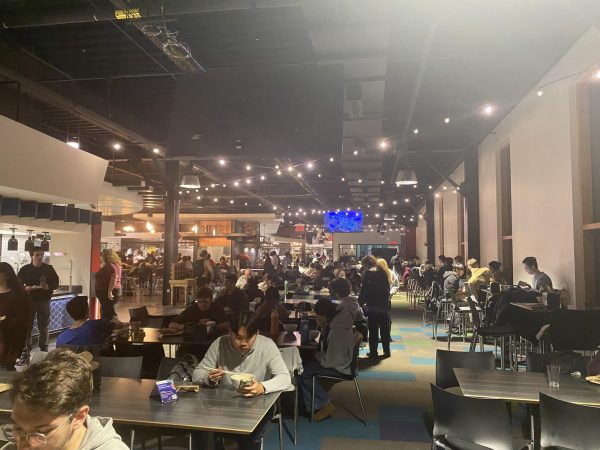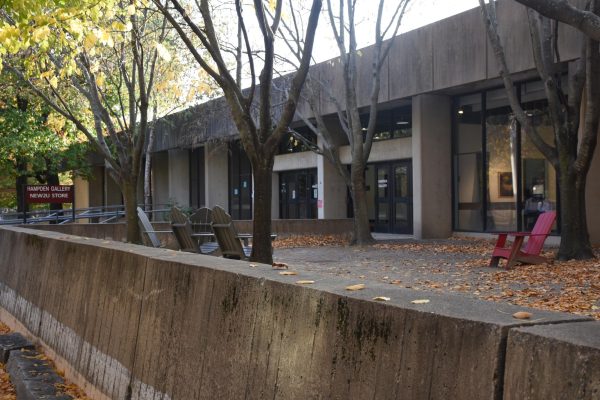Is FOMO driving our need to overshare?
You’re sitting down to eat at the dining hall, and you check your phone to see if anyone has texted you. After going through your iMessages, your fingers automatically slide to open Instagram, then Twitter, then Snapchat, in an almost rhythmic fashion. By the time you’ve looked through your most frequented apps, you put your phone down and start to eat your meal. After a few bites, you bring your head up and try to engage in a conversation with your friends, except there’s one problem: they’re all still glued to their phones.
There’s no denying that millennials are phone addicts; we all know that. But why do we check our phones so much, even when no one is texting us? Why is it that when we are out with friends, we focus on our phones and ignore the people who are physically there in that moment? The answer to this question is simple: FOMO.
FOMO is an abbreviation for the fear of missing out. In 2013, it was added to Oxford English Dictionary, defined as “anxiety that an exciting or interesting event may currently be happening elsewhere, often aroused by posts seen on social media.”
The anxiety of missing out leads people to be captivated by their screens 24/7. “If you look around campus, people run into people because they’re on their phone. Even if you’re just eating with someone, they will be on their phone,” Emily Hespeler, a UMass junior, said.
A big factor within social media FOMO is not only knowing what people are doing, but knowing where they are. A lot of apps utilize location services, but in June 2017 Snapchat turned FOMO up a notch with the launch of the Snap Map. Snap Inc. acquired the social media mapping startup Zenly for approximately $250 million to develop Snap Map. The technology uses constant background GPS to locate users. Snap Map allows you to see where your Snapchat friends are in real time. So if all of your friends went to the movies without you, you’ll know.
It’s hard to be in the moment when you’re constantly checking what other people are doing. “I actually deleted [Snapchat] because of that reason last year, and Instagram too, just because I felt like I wanted to be more present with the people I was with. Snapchat made me think like I should be doing something else, or everyone was always having a blast,” Hespeler said.
This plays into FOMO. Location services in social media create a great sense of internal anxiety. This does not just pertain to being self-conscious about showing others where you are, but also seeing where everyone else is all the time. By being able to pinpoint the locations of your social media connections, you are seeing a virtual portrayal of everything you’re not participating in. Having the access to that information all day, every day by simply opening up an app on your smartphone can be very daunting — and addicting.
Even the trailer Snap Inc. put out debuting Snap Map shows two women browsing the Snap Map, only to see snaps of others attending a concert. They get up and follow the snaps to the concert. It promotes a culture that we need to be constantly tracking others and keeping up with their social lives.
It’s hard to just relax in your room without stalking what everyone else is doing. This limits our time spent self-reflecting or enjoying relaxing with others.
Snap Map knows more than just where you are; it also picks up the speed at which you are moving. So if you’re driving, your Bitmoji (your symbol on the Snap Map) will be riding in a little cartoon car across the map. It also picks up if you’re flying, putting your Bitmoji in a little plane. If you have your headphones in, Snap Map will put little headphones on your Bitmoji. If you’re at the beach, your Bitmoji holds a towel. It can even tell if you’re sleeping, based on time of day and level of inactivity on the app.
UMass freshman Carmela Rossello described Snap Map as “creepy” above all. “If you see a bunch of people hanging out, you can literally just see that with a click of a button. It’s definitely very easily accessible just to make yourself feel bad,” Rossello said.
Where do we draw the line? How much sharing is too much? If it’s okay to show other users whether you’re driving or listening to music now, will more personal things be shared on apps in the future? Like if you’re in a fight with our friend because you haven’t been to their house in weeks, or if you’re not doing well in school because you constantly skip your 2:30 p.m. lecture?
The more we become obsessed with sharing, the more we feel the need to curate our days into Instagram posts and Facebook statuses. Will our FOMO override our desire for privacy?
Only time will tell. Until then, maybe it’s best if we ghost on location services.
Email Jill at jmwebb@umass.edu.

"The hero of my tale–whom I love with all the power of my soul, whom I have tried to portray in all its beauty, who has been, is, and always will be...

